NASA Astronomy Picture of the Day 5 April 2023: Rubin's Galaxy shot by Hubble Telescope
NASA Astronomy Picture of the Day has been taken by the Hubble Telescope and it is of Rubin's Galaxy, the largest known galaxy in the local universe.
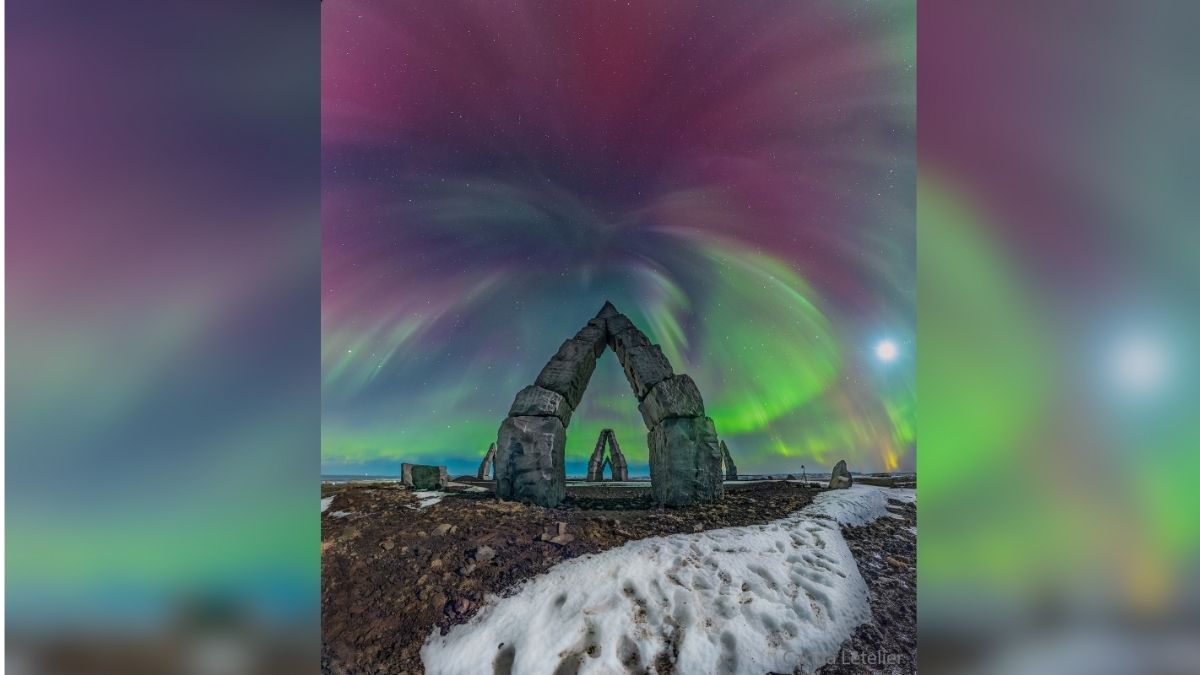
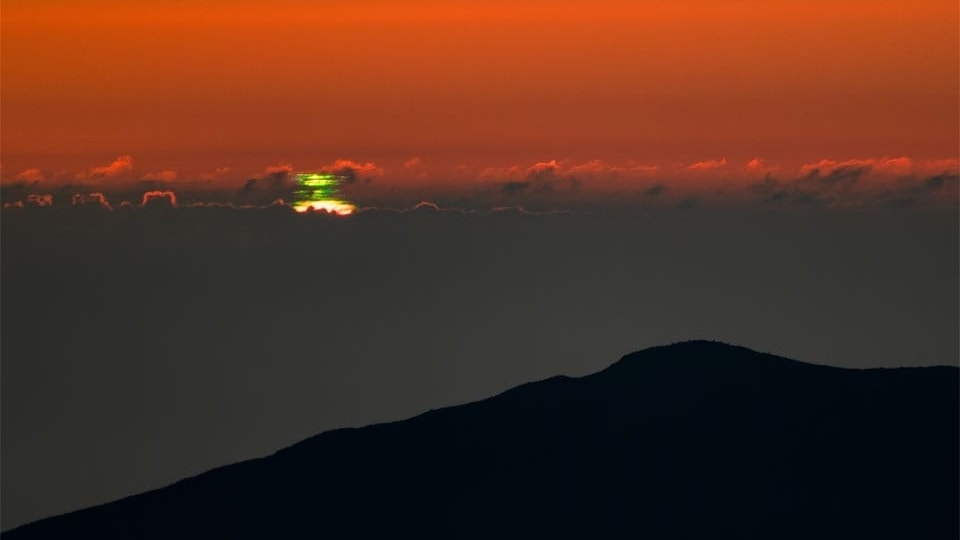
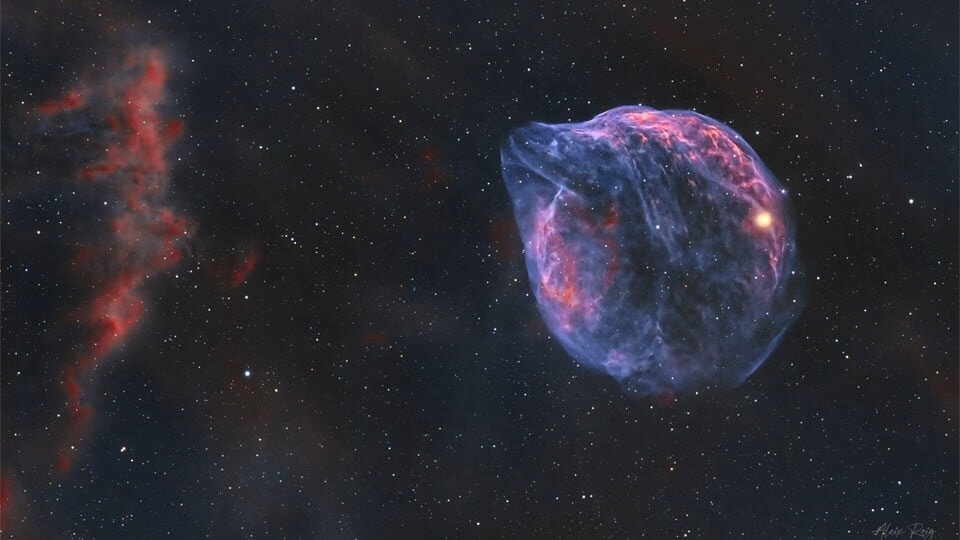
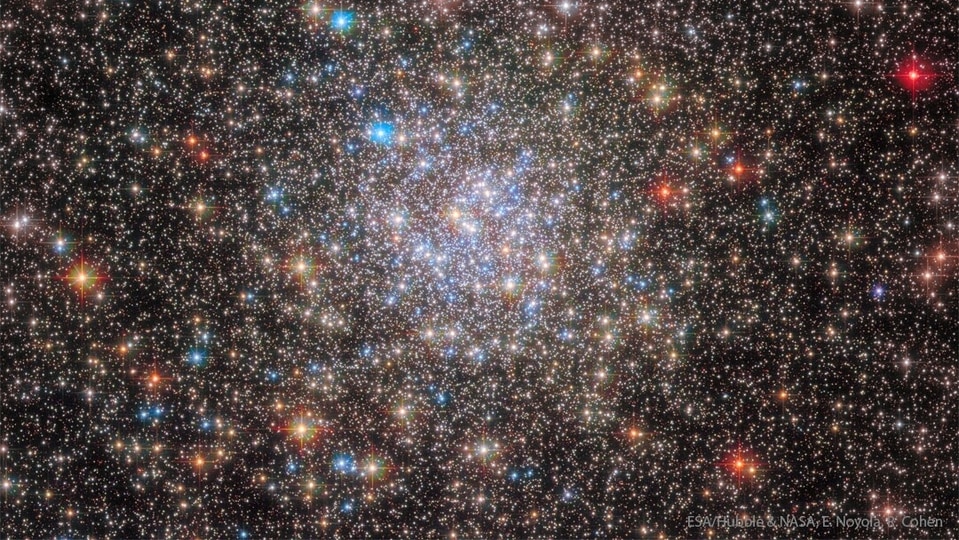
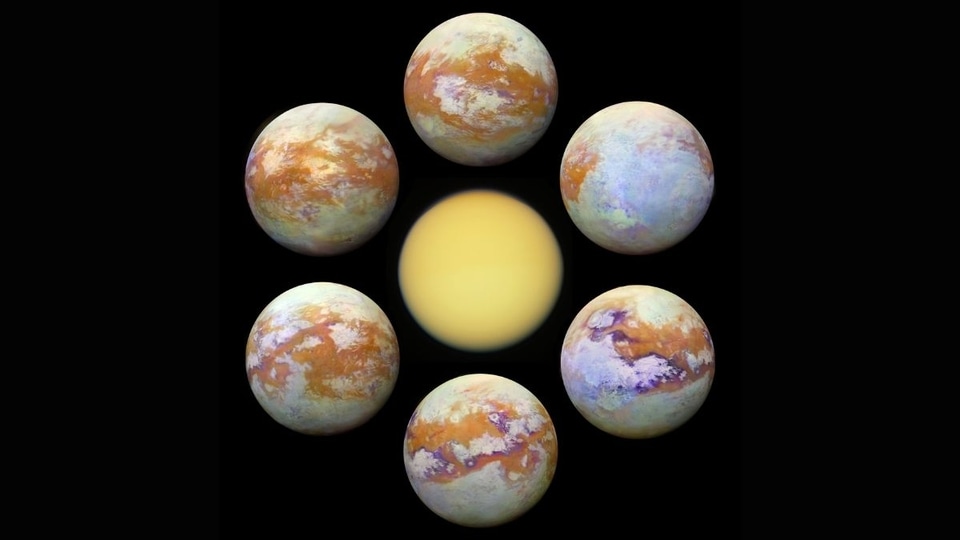
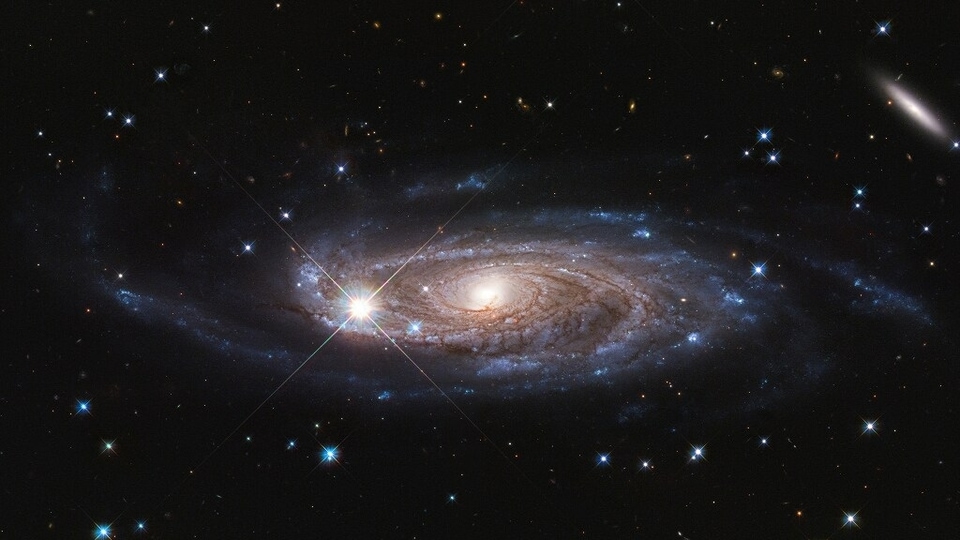
 View all Images
View all ImagesOur Milky Way Galaxy spans about 100,000 light-years but it is not even close to being the largest galaxy in the Universe. The title of that goes to the Rubin's Galaxy, the largest known in the local universe. According to NASA, it is a spiral galaxy that contains over 1 trillion stars. That is over 10 times as many stars as in our own Milky Way Galaxy.
Today's NASA Astronomy Picture of the Day, taken by the Hubble Telescope, is UGC 2885, also known as Rubin's Galaxy. It has been named after astronomer Vera Rubin (1928 – 2016), who studied the galaxy's rotation rate in search of dark matter. Rubin's Galaxy is located about 232 million light-years away in the northern constellation Perseus and spans about 800,000 light-years across. It is the largest known galaxy in the local Universe, which has earned it the nickname of 'Godzilla Galaxy'.
Tech which helped capture the image
The image was captured by the Hubble Space Telescope which is run by NASA and ESA in collaboration. This stunning discovery by the Hubble Telescope underlines its importance despite being nearly 3 decades old. It packs technology that is now considered Stone Age, but it still amazes us with stunning images of far-off celestial objects.
To capture such objects, Hubble has advanced optical instruments such as the Advanced Camera for Surveys and Wide Field Camera 3. The Advanced Camera for Surveys (ACS) was primarily designed to survey large areas of the sky at visible and red wavelengths with 10 times greater efficiency than the earlier premier Hubble camera. It has certainly proved fruitful as most of Hubble's images have been captured by the ACS.
NASA's description of the picture
In this Hubble Space Telescope image, the bright, spiky stars lie in the foreground toward the heroic northern constellation Perseus and well within our own Milky Way galaxy. In sharp focus beyond is UGC 2885, a giant spiral galaxy about 232 million light-years distant. Some 800,000 light-years across compared to the Milky Way's diameter of 100,000 light-years or so, it has around 1 trillion stars. That's about 10 times as many stars as the Milky Way.
Part of an investigation to understand how galaxies can grow to such enormous sizes, UGC 2885 was also part of An Interesting Voyage and astronomer Vera Rubin's pioneering study of the rotation of spiral galaxies. Her work was the first to convincingly demonstrate the dominating presence of dark matter in our universe.
Catch all the Latest Tech News, Mobile News, Laptop News, Gaming news, Wearables News , How To News, also keep up with us on Whatsapp channel,Twitter, Facebook, Google News, and Instagram. For our latest videos, subscribe to our YouTube channel.
































